King Penguins Live in the Sub-Antarctic
King penguin facts reveal that these birds live on rocky islands in the sub-Antarctic. Brrr! They can be found on several islands in this region, which extends from 46˚ to 55˚ south. As well as the sub-Antarctic, king penguins also breed in the northern parts of the Antarctic and more temperate regions. The biggest colony of king penguins can be found on the island known as South Georgia.
King Penguins like a Habitat Free of Snow and Ice
King penguins prefer to live in a habitat that is characterized by valleys and beaches with level ground or gentle slopes. They tend to be found in areas that are free of both snow and ice, and that provide them with easy access to the sea. As for pack ice? They leave that to the emperor penguins, thank you very much.
King Penguins Have Distinctive Markings
King penguins have quite distinctive markings. Like most other penguin species, king penguins have dark gray and black feathers on their backs, with white feathers on their fronts. However, king penguins facts teach us that they have unique patches, colored dark yellow to orange, on the sides of their heads and on their beaks and necks. Think of it as the penguin equivalent of ‘bling’!
There Are Two Subspecies of King Penguin
There are two subspecies of king penguins that live separately on different islands in the sub-Antarctic. These two populations differ quite markedly in size. The two subspecies show genetic isolation, meaning there is very little – if any – interbreeding between the two populations. The subspecies Aptenodytes patagonica patagonicus can be found living on the island of South Georgia and the Falkland Islands. The other subspecies, known as Aptenodytes patagonica halli, can be found in the Indian Ocean and the South Pacific.
King Penguins Are Streamlined Swimmers
One of the more interesting king penguin facts is that these birds have a body that is specifically designed to help them move swiftly and effortlessly in the water. Their tall slender bodies are perfectly streamlined, producing minimal drag when they move through the water. In addition, they are equipped with stiff flat wings (or flippers) and webbed feet to propel them swiftly through the water as they hunt for fish and other sea life. Who needs to fly when you can swim like a champion?
King Penguins Can Dive to a Depth of 1,600 feet
Approximately half of all dives made by king penguins reach a depth of at least 160 feet (50 meters). However, they are regularly recorded diving deeper than this. In fact, their deep dives can reach an astounding depth of 1,600 feet (500 meters). The minority of their fishing dives occur at night, when they tend to only dive to shallow depths. Deeper dives, on the other hand, only occur during the day. King penguins can remain submerged for as long as 5 minutes while hunting for fish. Just try holding your breath for that long!
King Penguins Feed on Fish and Other Marine Animals
King penguins are carnivores. The king penguin’s favorite food is lantern fish. However, these fish are not always available in sufficient numbers in the king penguin’s habitat. Therefore, king penguins will feed on other sea life, such as other small fish, krill, squid, and various types of crustaceans. It’s a seafood-only menu for these birds!
King Penguins Have a Complex Breeding System
Female king penguins only lay a single egg at a time. One of the more intriguing king penguin facts is that the king penguin’s breeding system can start at any time between November and January. King penguins known as early breeders lay their eggs in November. These chicks hatch in mid-January and are independent by April. The late breeders will lay and then incubate their eggs in the period from January to March. If a couple loses its egg or chick during the winter, they will become early breeders in the subsequent season. On average, king penguins raise a chick every two years, sometimes two chicks every three years.
King Penguins Carry Their Eggs on Their Feet
King penguins differ from most other penguins in that they do not build any type of nest. They don’t even use a small pile of rocks like other species of penguins. Instead, a king penguin will carry its egg on its feet. The egg is covered by a protective flap of abdominal skin known as a brood patch. This ensures the egg is constantly incubated for a period of approximately 55 days. The male and female king penguins take this duty in turns, swapping the egg from one parent to the other every six to 18 days. When they are born, king penguin chicks continue to be protected in this way for another 30 to 40 days until they are able to regulate their own body temperature. A soft warm covering beats rocks any day!
King Penguins Have Four Layers of Feathers
King penguins have four layers of feathers to incubate them and protect them from the harsh cold climate in which they live. The inner three layers consist of down feathers, which form a thick layer of insulation to keep the penguins warm. The outermost layer of feathers provides an oiled and waterproof coating. One of the most incredible king penguins facts is that king penguins have 70 feathers per square inch. No wonder their feathers are often mistaken for fur!
King Penguins Show Their Availability during Breeding Season
When breeding season approaches, both male and female king penguins will display certain distinctive types of behavior in the form of a courtship display. The male king penguin will stand up tall, raise its bill in their air, and emit trumpet-like calls. This signals the male’s availability to the female king penguins. When a male and female king penguin meet to form a couple, they both call, bow, strut, and shake their heads. They will then stand facing each other, rise up to their full height and then relax their bodies. And you thought you’d heard of some strange dates!
King Penguins Starve When They Molt
One of the more fascinating king penguin facts is that at the beginning of the breeding season, king penguins will molt (lose all their feathers). This molting lasts for a period of three to four weeks. They lose all their feathers at once, which is very unusual for a seabird. These old feathers are eventually replaced by a new set of fully functioning feathers. However, king penguins are unable to fish for food before they have a full set of feathers. This is because they do not have the insulation and waterproof layer that are provided by their feathers. Therefore, when king penguins molt, they have to rely on food reserves for sustenance.
King Penguins Are Able to Drink Salt Water
King penguins are actually able to drink salt water. This is because they have a specialized gland called a supraorbital gland. This allows excess salt in the penguin’s bloodstream to be filtered out through a capillary located just above its eyes. From there, this excess salt is expelled from the penguin’s body through its nose in the form of salty brine. Would you perhaps like a tissue?
King Penguin Chicks Were Mistakenly Classified as Woolly Penguins
When king penguin chicks are fully grown, but unfledged, they appear to be larger than adult king penguins. This is because the juveniles are covered in a thick brown down until they are about one year old. This covering resembles the wool of a sheep, which led early explorers to dub these chicks woolly penguins. One of the more amusing king penguin facts is that the chicks’ appearance differs so markedly from the adult king penguin, that they were regarded by some to be a completely different species!
A King Penguin Can Identify Its Chick’s Voice in a Crowd
King penguins are known to congregate in large breeding colonies, which can consist of up to 600,000 penguins. Parents will leave their chicks in a crèche as they swim and hunt for food for their young. One of the most fascinating king penguin facts for kids is that upon their return to land, adult king penguins are able to discern their own chicks from all the other penguin chicks in a crèche. This is astonishing, especially when you consider that a crèche can consist of as many as 50,000 chicks. A returning parent may spend several hours searching for its chick, as the chicks are inclined to wander. Eventually, the chick will hear its parents and reply to their call with a whistle, to which the parent will respond in turn.
The Pupils in King Penguins’ Eyes Are Square
Like almost all animals, king penguins ordinarily have round pupils in their eyes. However, this all changes when their pupils constrict. Of all king penguin facts, one of the most bizarre is that, when constricted, a king penguin’s pupils are actually square in shape. Talk about seeing things from a different angle!
Some King Penguin Colonies Were Completely Exterminated
Some king penguin colonies were completed exterminated. This occurred as a result of hunting in the 19th and 20th Centuries. People hunted the king penguins for their skin, oil, blubber and eggs. Unfortunately, they were an easy target because of the manner in which they congregate in breeding colonies. However, commercial hunting was eventually banned, and the king penguin population recovered.
King Penguins Face No Conservation Threats
Although conservation efforts are required for some species of penguins, this is not the case for king penguins. One of the most reassuring king penguin facts is that these penguins are thriving in their natural environment, so much so that their population is actually increasing. Even though their environment has endured changes, king penguins have been able to constantly adapt to these changes, ensuring their survival as a species.
King Penguins Have Legal Protection
One of the more fortunate king penguin facts is that king penguins have legal protection from hunting and the collection of their eggs. According to the Antarctic Treaty of 1959, it is illegal to harm or interfere with any penguin or its eggs. Anyone wanting to collect a penguin specimen has to acquire a permit that is approved by and reported to the Scientific Committee for Antarctic Research (SCAR).
King Penguins Are Taller and Slimmer than Most Other Penguins
The king penguin is the second largest species of penguin (the emperor penguin is the only species that’s larger). King penguins have quite a slender build, which gives them a more elegant upright posture and more graceful movement than is typically seen in other penguin species. Therefore, the king penguin is frequently judged to be a particularly beautiful species of penguin.
King Penguin Facts – Facts about King Penguins Summary
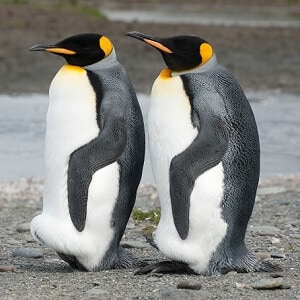
King Penguin Facts
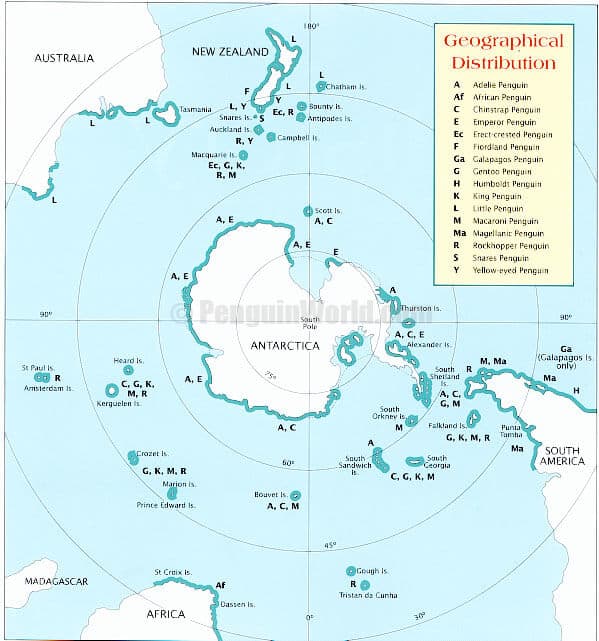
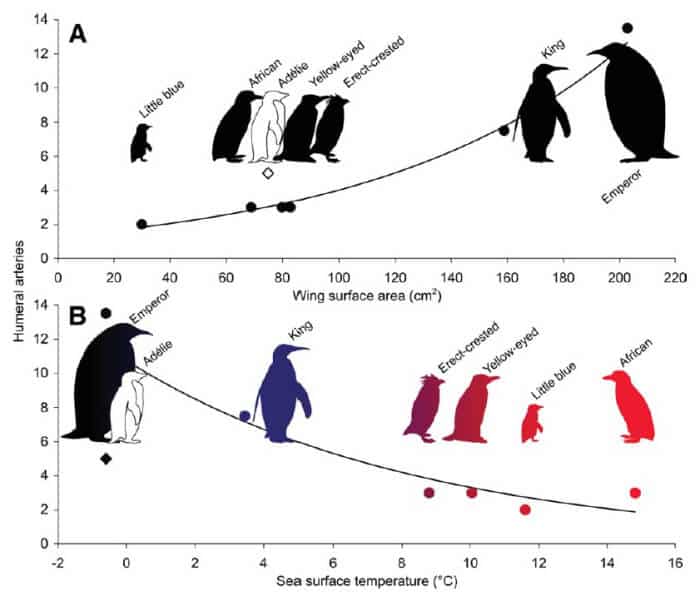
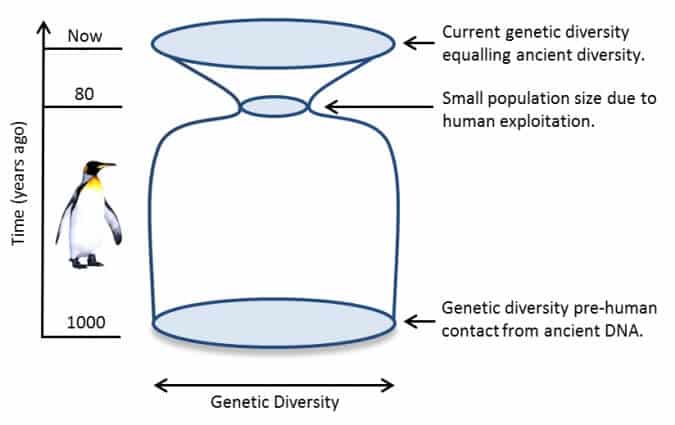
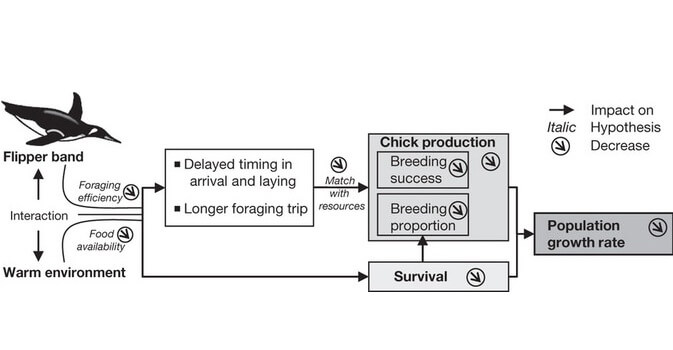
No comments:
Post a Comment